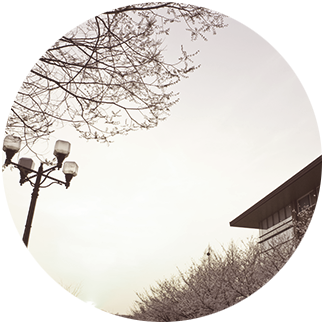 Eunsol Lee’s article entitled “The Emotional Response to Hue of Lighting Focusing on Relaxation and Attention [조명 색상에 대한 사용자 감성 평가 연구- 휴식 및 집중 상황을 중심으로]” in Design Archives, formally the Korean Journal of Design Studies. This study investigates how the colour of lighting affects people when they are relaxing or paying attention to a cognitive tasks. The findings are based on the empirical data collected through Eunsol’s experiments conducted for her master project.
Eunsol Lee’s article entitled “The Emotional Response to Hue of Lighting Focusing on Relaxation and Attention [조명 색상에 대한 사용자 감성 평가 연구- 휴식 및 집중 상황을 중심으로]” in Design Archives, formally the Korean Journal of Design Studies. This study investigates how the colour of lighting affects people when they are relaxing or paying attention to a cognitive tasks. The findings are based on the empirical data collected through Eunsol’s experiments conducted for her master project.
Abstract
The light emitting diodes (LED) lighting source’s color element can be easily changed and this can be effectively applied to meet the users’ emotional needs. Thus, there’s an increase in the demand for research that study the relationship between the color element of LED lighting and the user’s emotional response. This research aimed to understand how the lighting’s color affected the experiment participants as they were resting (Experiment I; n=18) or working with intense concentration (Experiment II; n=18). A total of nine colors of ambient lighting were provided including red, orange, yellow, green, cyan, blue, white and when the lights are out. Also, the user’s emotional effect was evaluated through the following three cognitive levels: first, at the visceral level the electrocardiogram (ECG) and electroencephalogram (EEG) responses were recorded; second, at the behavioral level the user’s ability to memorize English vocabulary and time perception were observed; third, at the reflective level, the users were asked about lighting color through a survey. There are experiments’ results : first, in resting context there was a positive correlation between the behavioral and physiological appropriateness for the context (r= 0.49); second, in attentive context, there was a positive correlation between the behavioral and reflective appropriateness for the context (r= 0.41); third, even the emotional responses to the red and yellow lights were dissimilar, and the responses to cyan and blue were distinctly disparate. The results of this research can apply lighting color as a design element to induce the appropriate emotional response from the user.
Full text in Design Archive(Korean Journal of Design Studies)